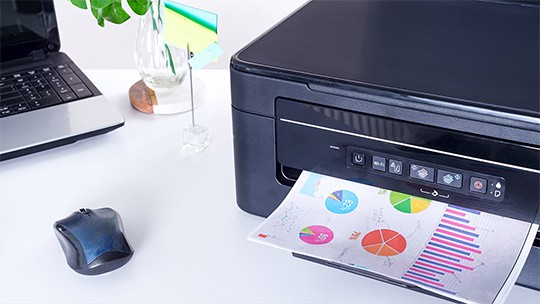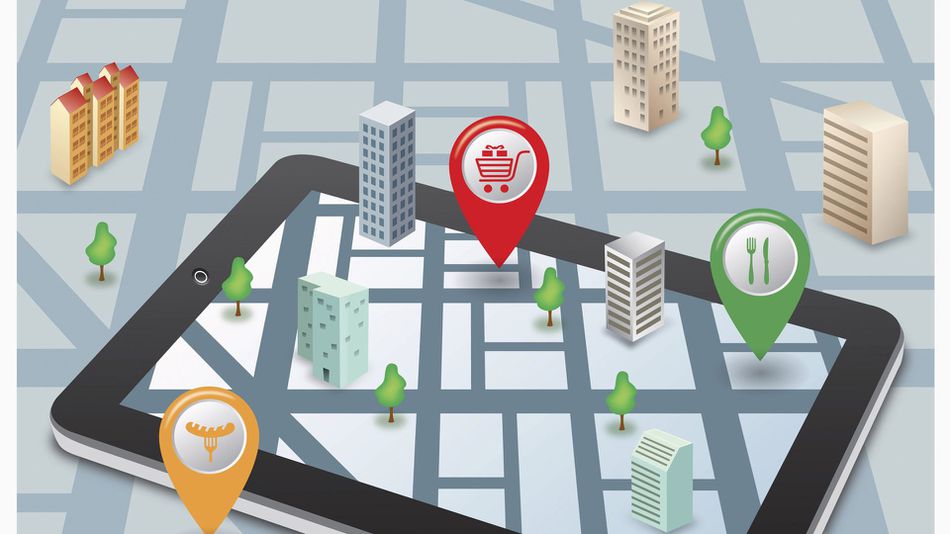Location-based marketing is one of the most exciting opportunities for businesses that has come out of the mobile revolution. The mobile device that is in nearly every person’s hand, pocket or purse has created an outstanding opportunity for businesses to be able to contact individuals while they are in the place where a message can be of the most benefit.
Being able to engage a customer while they are “in-the-moment” can transform your business’s relationship with your customers and generate additional revenues with a more loyal and more incentivized customer base.
Make it relevant
Location-based marketing allows you to get someone’s attention at the right time while they are in the right place because of their mobile device’s ability to identify their location. The key to any location-based marketing program is the ability to send relevant messages to users that will be seen as valuable or useful.
Messages that are not relevant will not only miss the target, but they run the risk of being seen as a nuisance and turning off customers. Fortunately these days, it possible to carefully target your messaging.
When developing your program it is important to remember that while location plays a role in providing context, it is only one factor in the equation. Just because a customer is near you does not mean that they will be interested in any offer that you choose to send them.
Put it on the user’s terms
Your app should create an experience that is personalized and flexible. You want to engage users on their terms. We have entered an era of communication where permission and personalization are essential to being able to reach our target audiences, because of this make sure that your customers are able to easily opt-in and opt-out of your program.
While the goals of a business’s marketing department really haven’t changed much, the methods employed are now much different. But don’t think of these changes as a limitation; rather, think of these changes as an incredible opportunity if your business chooses to act on them appropriately.
You can improve your chances of having customers opt-in to your program. Users are much more likely to give their permission if you tell them why you want them to opt-in. Be open and transparent about your intentions. If you give them a short, friendly explanation of the program’s value to them, it will improve your chances of them choosing to opt-in.
Consider the context carefully
While location and personal affinity certainly are very important, you must take it a step further and consider other factors that contribute to the context, as other factors that will influence user reactions. For instance, is the time of day conducive to them stopping into your store after you send them a message? Or will they just see it as a nuisance because they are in a hurry to get to work in the morning and just happen to be driving close to your store?
Test and measure
Review the results and adjust your campaigns as you go. A/B tests are a great way to find out which messages work the best for your brand and your customers. But you won’t know which ones are working best if you don’t keep a keen eye on performance analytics.
There are several attributes you should test and keep an eye on beyond the messaging. Try different types of offers to see which are most motivating to your customers. You may find exclusive deals work better than offering a percentage off. Try adjusting the frequency of your messaging to see what works the best for your customers. Try different distances for your geofence as well to see what the sweet spot is for your business. If you set it too far away the message may not be effective, but if you set it too close you may be missing out on opportunities.
Mix it up and through your measurements, you will find the right formula for catching your customers’ attention in a way that will translate into sales and loyalty.
Avoid looking like a stalker
While your customer may be willing to share their location with you, they don’t want to feel like you are stalking them. Be careful with the wording of your messaging. For instance, let’s assume a male customer, who regularly buys dress clothes from your business, enters the area you have set up for a geofencing campaign for your clothing store. A message that says something like “How about a new tie? 25% off all silk ties at XYZ Clothing this afternoon only.” is preferable to something like “We see you are only 0.2 miles away from XYZ Clothing. Stop in to see our latest silk ties.”
Give geo-conquesting a chance
Geo-conquesting is similar to geofencing except instead of targeting a radius around your store, you are targeting consumers who enter and area near your competitor’s location(s). In testing, geo-conquesting has been shown to be more effective that geofencing campaigns. In a study by Human Demand, they found geo-conquesting had a 1.5X higher click through rate.
However, it should be noted that geo-conquesting tends to backfire in the case of large purchases such as cars, etc. Typically buyers in these types of purchases will do a fair amount of research before buying and tend to be turned off by geo-conquesting. Geo-conquesting tends to be much more effective in the case of smaller, impulse type purchases.
Final thoughts
Mobile is an important part of how business is done these days and if your business is not including mobile in your marketing mix you are missing out on some fantastic opportunities. Currently, $1 trillion in offline retail sales are being influenced by mobile. [Forrester Research] Mobile is a big part of how customers shop, with 84% of consumers using mobile while in the store to help them shop. [Google]
Location-based marketing can be a powerful way to communicate with your customers at the most appropriate time and in the most appropriate place. However, it is important to make sure your messaging is relevant to each customer. Otherwise, you run the risk of them opting out of your program or even abandoning your application.
If your business has yet to develop a location-based marketing program, now is the time to get started. Your consumers expect a quality mobile user experience as part of the way they shop and will search for the business that is willing to give it to them.
Kimber Johnson is the co-founder of ASPEN App Design, which is a sister company of Vanity Mobile Apps and Pacific App Design. He has worked within the web development, graphics design, mobile application development, marketing and advertising fields for over 17 years.



















































































































































































